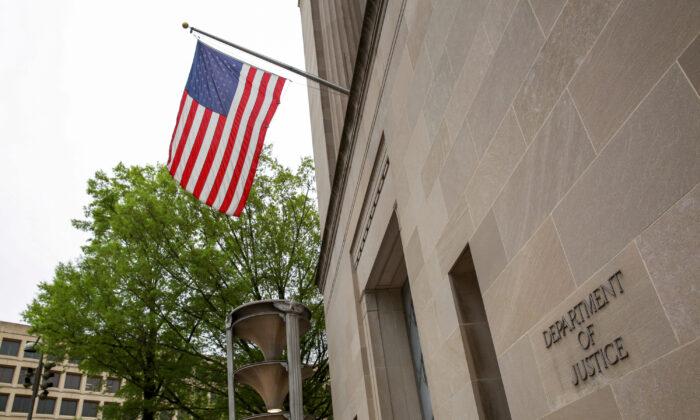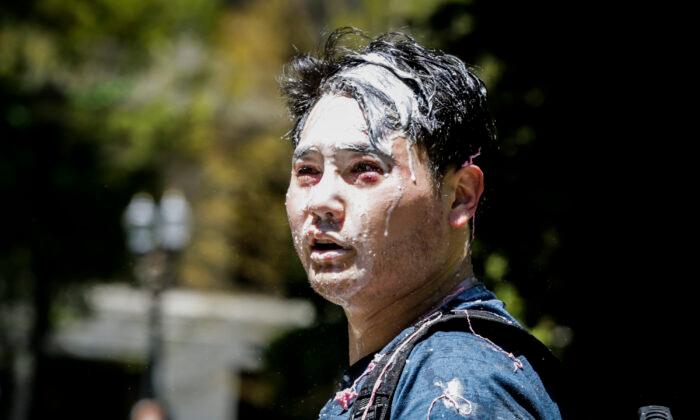What was once a vibrant and tourist-packed area has turned grim. Large chunks of metal, concrete slabs, overturned cars, and splintered wood litter the streets as rescue workers continue searching for survivors and victims after a tsunami devastated towns along the Indonesian coastlines without warning.
As hundreds of military personnel and volunteers scan the debris-strewn streets, scientists continue looking for answers as to what caused the country’s second deadly tsunami this year.
Some scientists speculated that it could have been caused by landslides—either above ground or underwater—on the steep slope of the erupting volcano. They also said the tidal waves could have been caused by the full moon.
“The eruptions caused what we call an underwater landslide which, within only 24 minutes, triggered a tsunami. The resulting tremors were equivalent to a magnitude-3.4 earthquake with Anak Krakatau as the epicenter,” the agency’s chairwoman said.
Similarly, Gegar Prasetya, a co-founder of the Tsunami Research Center Indonesia, said the tsunami was likely caused by a flank collapse—when a large section of a volcano’s slope gives way. He added that it’s possible for an eruption to trigger a landslide above ground or beneath the ocean, with both capable of producing waves.
Without Warning
Many residents reported that they did not see or feel any warning signs before the waves ripped through the coastal towns, according to local reports.Video footage shows the moment deadly waves hit a beach concert where Indonesian pop band Seventeen was performing. The band appears to be finishing a song when the stage vanishes as it is overtaken by water. Members of the audience and band scream as the stage is brought down.
The impact killed the band’s bass player, guitarist, drummer, road manager, and technician, according to a statement. The lead singer, Riefian Fajarsyah, survived, but his wife, who was also a backup singer, remains missing.
BMKG chairwoman Karnawati also warned of extreme weather in the area that could last for several days and urged residents from visiting coastal areas.
“Weather forecasts suggest extreme weather, including strong winds and torrential rain, which may trigger high tide and last until at least Wednesday. Residents should not panic but please refrain from conducting any activities near beaches. We will announce later if we think the warning should be extended,” she said.



